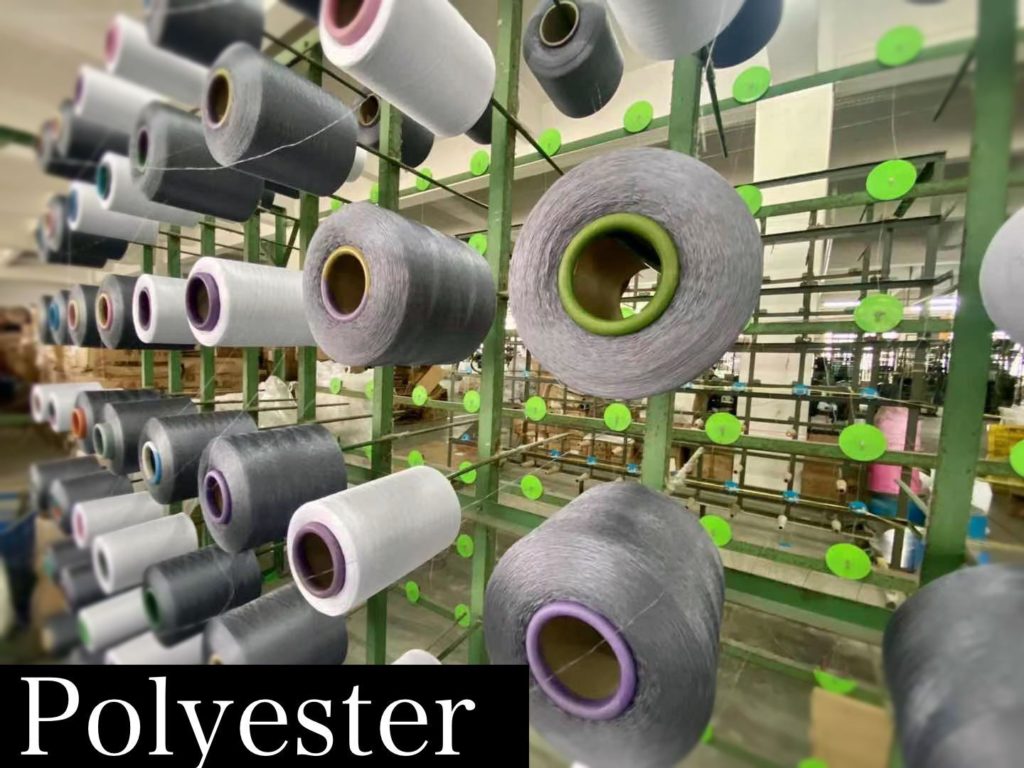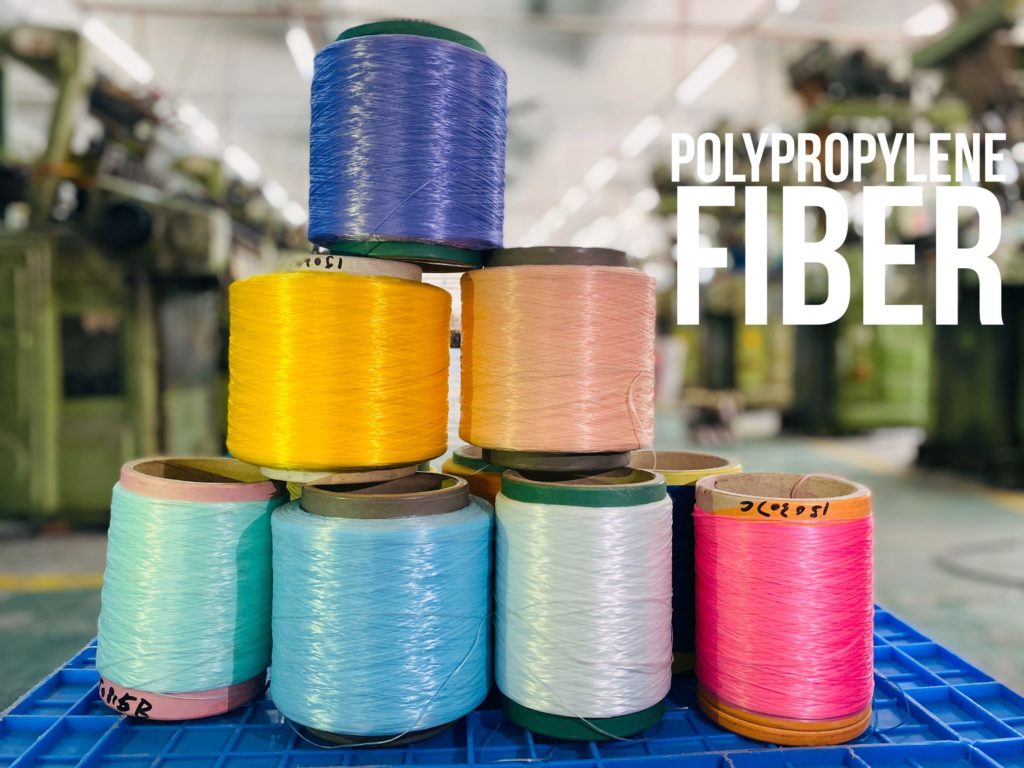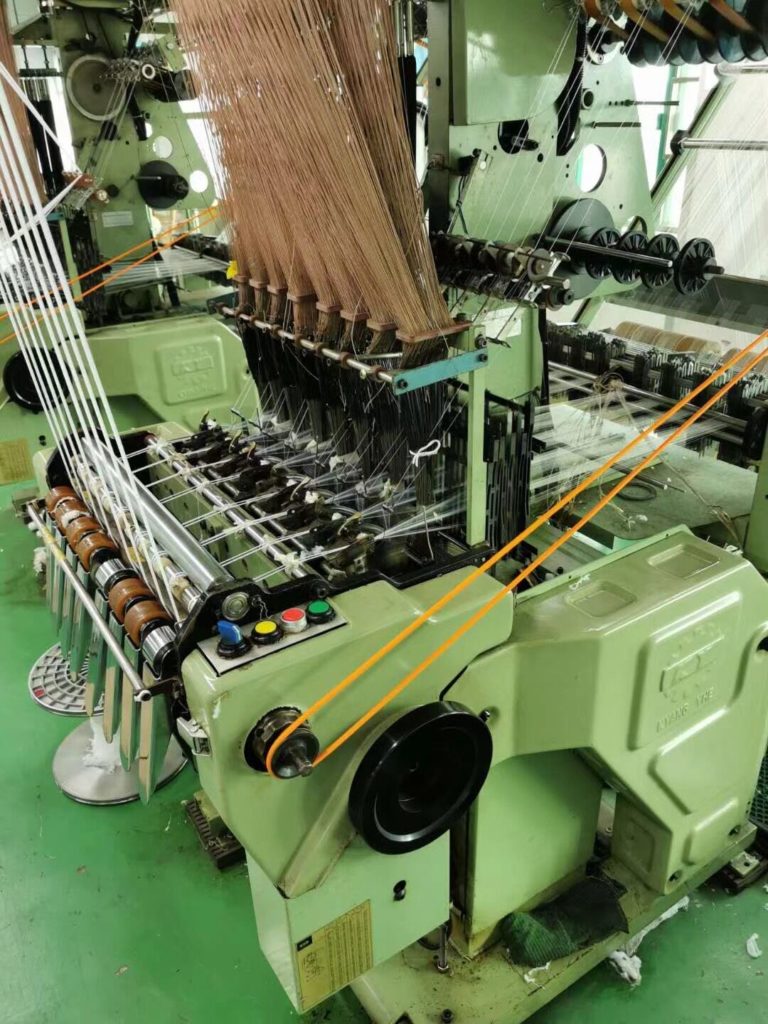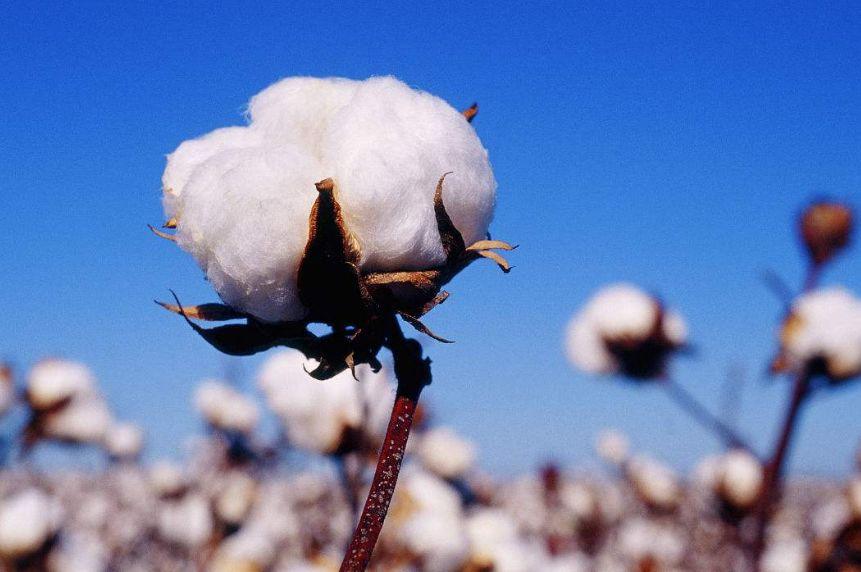Headbands(Bookbinding Tape)
#Headband#Bookbinding Tape#Bookside Tape#Bookbinding We […]
Difference between ring spinning and rotor spinning

1.Texture Ring spinning and rotor spinning have great d […]
Polyester properties

physical property 1.Color: polyester fiber is gene […]
Advantages And Disadvantages Of Polypropylene Fiber

(1) Light weight The density of&nbs […]
Ribbon Classification By Weaving Process

It mainly includes woven belt and knitted belt. Ribbon, […]
Introduction of cotton yarn count

Yarn is made of fiber, has a certain strength and finen […]